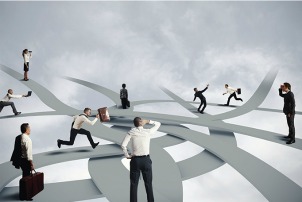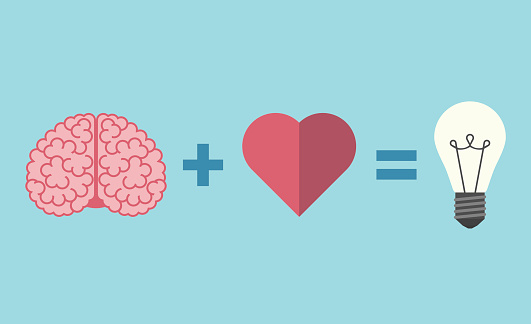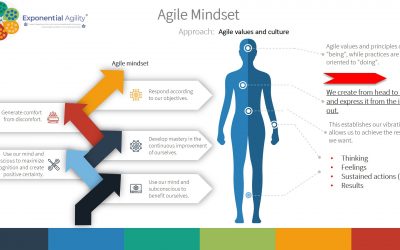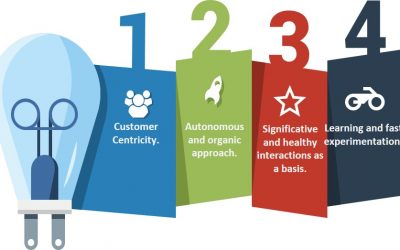Remember that there are three necessary conditions to create an agile business:
(1) “Real” focus on people’s satisfaction and positive experience,
- That resides in the creation of a centrality in the client and in the
- Emphasis on the development of the potential of our employees at all levels (strategic, tactical and operational).
(2) Creation of an internal metabolism in the organization, faster or closer to the speed of the environment, to register and better respond to change, for the benefit of our clients.
(3) Which implies a “dynamism and constant adjustment of this business metabolism”.
Which means that the growth and development of the company is a function of the growth and development of the potential of our collaborators, at all levels and their centrality towards the client.
F (collaborative mindset growth and customer focus) = (sustained growth and development of the company).
Agility and cultural entropy.
In this series of 4 articles, we will develop the theme of agility based on a counterexample: “organizational entropy, ceo centrism (organizations focused on the CEO) and vipism (Organizations focused on the levels of Vice Presidency, where each vice presidency is a silo) ”, for this we will take a real practical case of a company of this type, we have modified the names to preserve the confidentiality“ CABLETRONIX ”.
Figure 1: CABLETRONIX, the company of the future.

The idea is to highlight a real case, of what should not be done and propose a solution and approach to what, if it should be done, that is not the only thing.
But to all this, which is entropy: “Cultural entropy is the amount of energy consumed in the performance of unproductive or unnecessary work.” The main source of cultural entropy in an organization are the fear-based actions and behaviors of its leaders, managers and supervisors, the main fear is of losing their job, although there may be several sources.
Figure 2: A metaphor for cultural entropy in the organization.

This means that cultural entropy is the opposite of psychological security, taking up Amy Edmondson’s definition:
“It is an environment where people genuinely believe that openness is welcome.
An environment where learning often happens, where people can develop through positive, confrontational, challenging and open conversations.
“Psychological safety is” a sense of confidence that the team will not embarrass, reject or punish someone for speaking up. It describes a team climate characterized by interpersonal trust and mutual respect in which people feel comfortable being themselves, when we refer to a team, the environment they are in has a relevant impact on it, therefore its frontier of analysis widens”.
It is one of the main responsibilities of leadership today, where to lead by example it is necessary to live it.
So, entropy is simulation and fiction due to the fear created by something or someone to influence their actions and behavior, it can be deliberate or not, a behavior can be that it is always busy, have we heard that before?
Figure 3: We do Busyness instead of Business.

In this delivery we will advance to here, please feel free to leave your comments and write to us at contact@exponentialagility.org
Miguel A. G. Martínez H., October 12, 2020.
Greetings to all,
Bibliography:
- BARRETT, R. (2017). BUILDING A VALUES-DRIVEN ORGANIZATION. Place of publication not identified: ROUTLEDGE.
- Clark, T. R. (2020). The 4 stages of psychological safety. San Francisco: Berrett-Koehler.
- Edmondson, A. (2018). The fearless organization: Creating psychological safety in the workplace for learning, innovation and growth. Hoboken, NJ: Wiley.
- McHale, S. (2020). Insider’s Guide to Culture Change: Creating a Workplace That Delivers, Grows, and Adapts. HarperCollins Leadership.
- Radecki, D., Hull, L., McCusker, J., & Ancona, C. (2018). Psychological safety: The key to happy, high-performing people and teams. Rancho Santa Margarita, CA: ABL.
- Scott, K. M. (2019). Radical candor: Be a kick-ass boss without losing your humanity. New York: St Martin’s Press.




